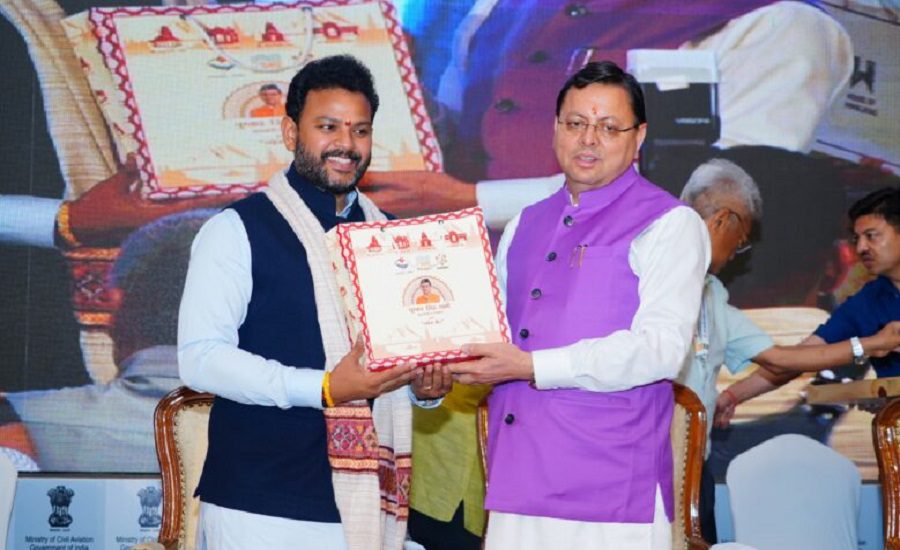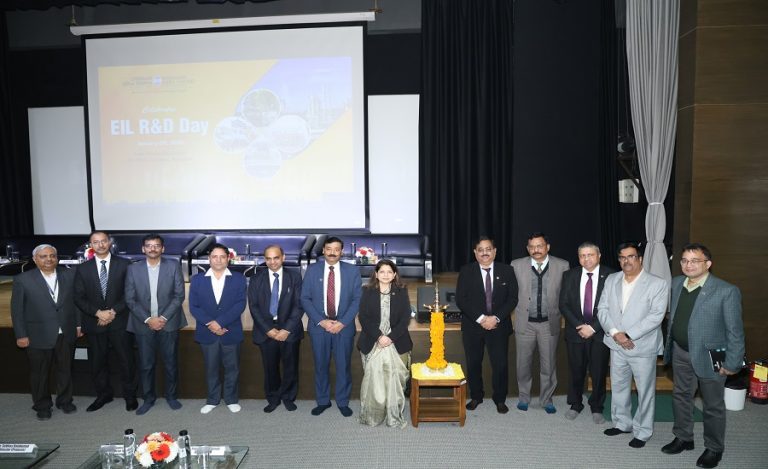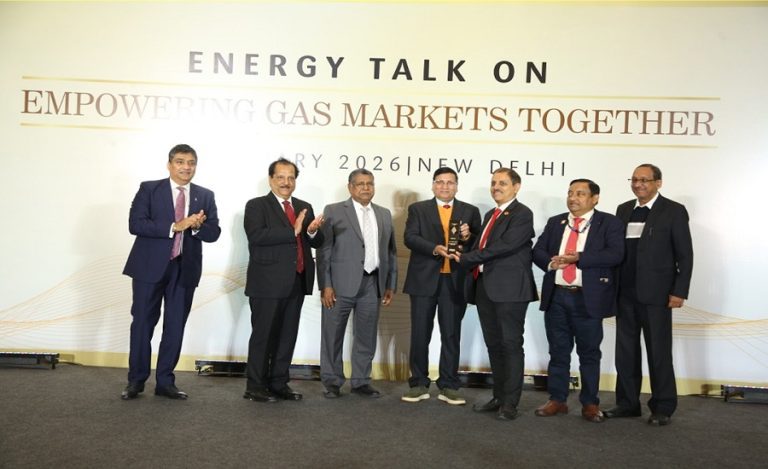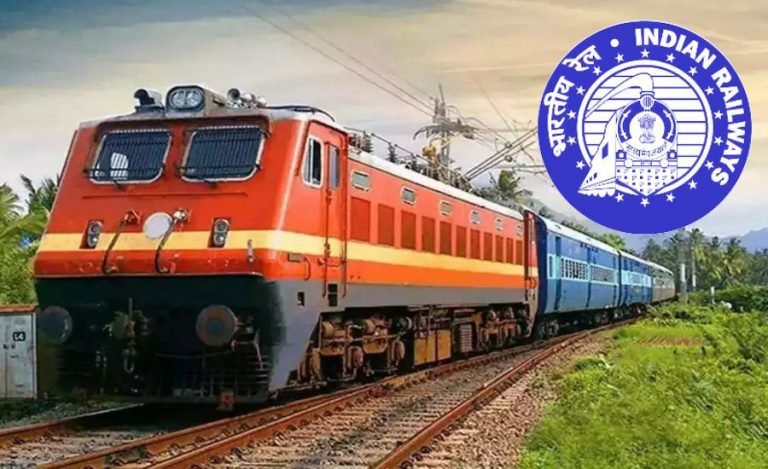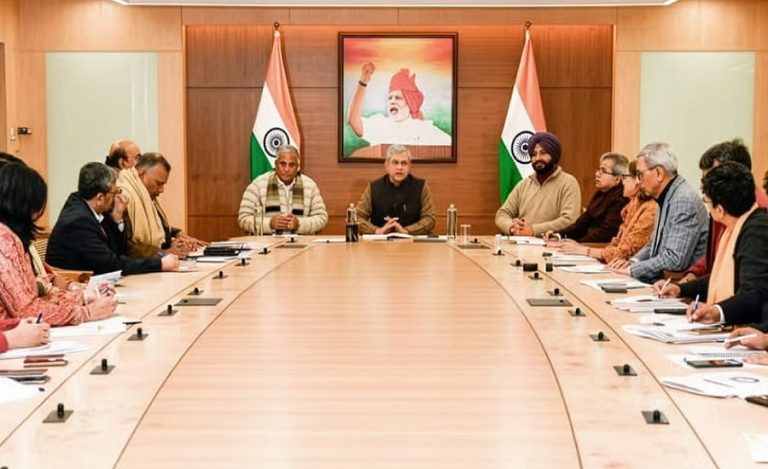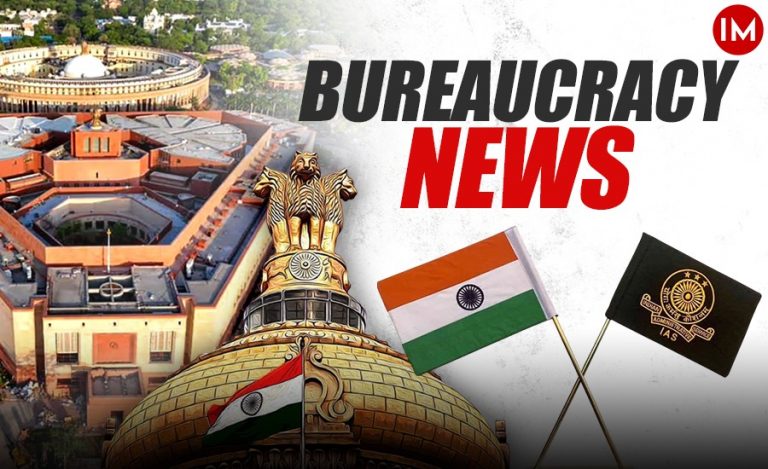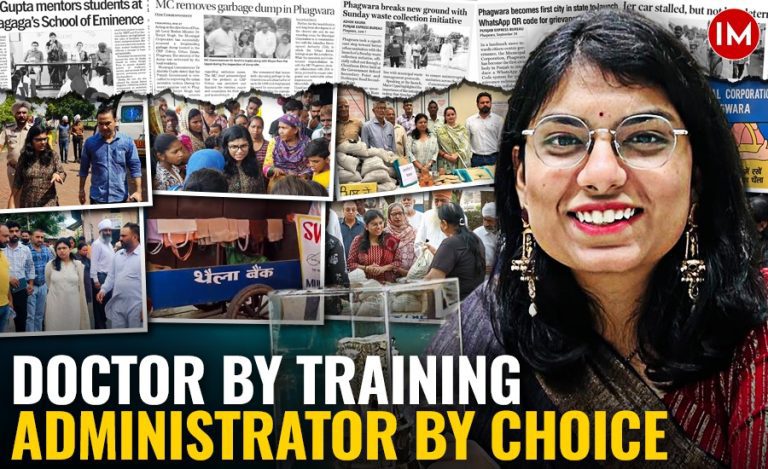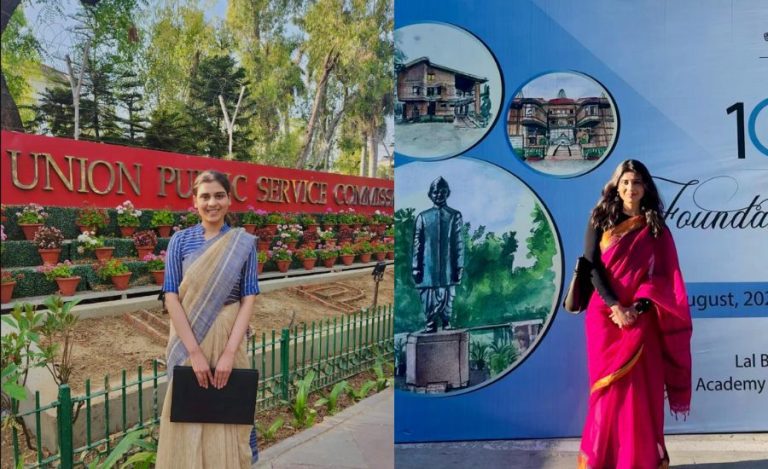Dehradun: In a landmark address at the Civil Aviation Conference–2025, Uttarakhand Chief Minister Pushkar Singh Dhami made a powerful appeal for a dedicated ‘Mountain Aviation Policy’ tailored to the unique needs of India’s hill states. The call was made in the presence of Union Civil Aviation Minister Kinjarapu Rammohan Naidu and ministers from several northern states.
Dhami emphasized that aviation is not a luxury but a lifeline in the Himalayas—crucial for disaster response, healthcare delivery, and religious tourism. He outlined a bold set of proposals aimed at making air travel safer, more affordable, and better adapted to mountain conditions.
Top Proposals for the Mountain Aviation Policy
- Special Financial Assistance for hill states to build aviation infrastructure
- Subsidies for Helicopter & Small Aircraft Operations
- Custom Air Traffic Control (ATC) Systems for mountain airspace
- Advanced Weather Forecasting Infrastructure for safer flying conditions
- Pre-Disaster Aviation Protocols for emergency preparedness
- Advance Flight Slotting Systems for high-demand routes like Char Dham
Dhami also appealed to aviation operators to prioritize specialized pilot training, adopt twin-engine helicopters, and uphold the highest safety standards following recent tragic incidents.
Ongoing Developments in Uttarakhand
- 18 heliports are currently in various stages of development
- 12 are already operational, playing a critical role in connecting remote valleys
- Services are being developed under the UDAN scheme, which Dhami praised for “democratizing air travel and empowering small towns”
Conference Highlights
The event was attended by top aviation leaders including:
- UP Minister Suresh Kumar Khanna
- Rajasthan Minister Gautam Kumar
- Haryana Minister Vipul Goyal
- Uttarakhand Chief Secretary Anand Bardhan
- Senior aviation and infrastructure officials from across northern India
Why It Matters
India’s mountainous regions face terrain challenges, weather volatility, and strategic border needs. A one-size-fits-all aviation policy fails to serve these regions effectively. Dhami’s proposal marks a decisive step toward inclusive, region-sensitive air policy-making.
If accepted, this model could serve as a blueprint for other hill states like Himachal Pradesh, Sikkim, and those in the Northeast.

